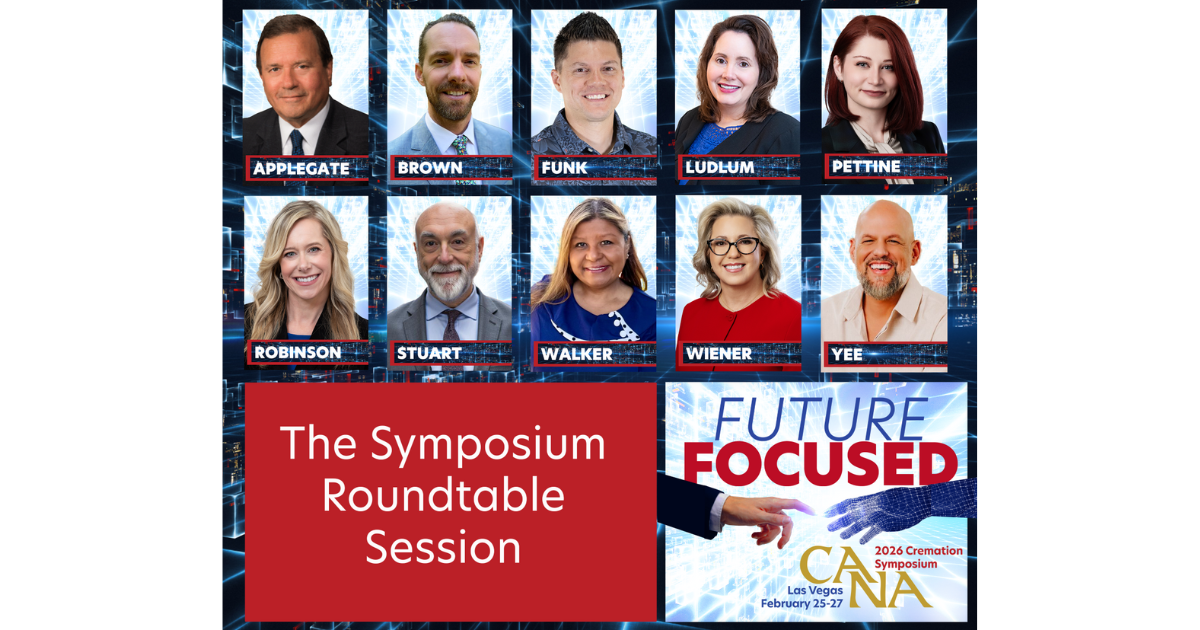Death Of The Death Care Industry And Eternal Life Online
Article from: Forbes.com
“A government program is the nearest thing we’ll ever see to eternal life on earth.” -President Ronald Reagan
Death is a dying industry with an economic phenomenon. As Americans perceived value of “traditional” funerals diminish, the cost of funerals have increased nearly 1,328% in just four decades. In 1960 the average cost of a funeral was $706 when only 3.56% of bodies were cremated. Today the average traditional funeral costs between $8,000 and $10,000, and about 42% of people are cremated. The US funeral industry accounts for about $20 billion in annual economic activity, with around 130,000 employees that make a living on the 1.5 million people that go to rest each year. Another phenomenon in the death care industry is how people continue to live on via social media, after they have received a death certificate. The creation of virtual legacies is a new industry emerging in this digital age.
The Veil Of Secrecy In Funeral Homes
Many communities have turned a blind eye to what goes on inside funeral homes, as many people prefer not to know the ins and out of the business. In addition, grieving customers in need of funeral goods and services may not be in a healthy state of mind to make financial decisions. Grief has similar side effects of alcohol consumption, such as numbness, guilt, and depression, resulting in less alert and price sensitive customers. In addition, the funeral industry is somewhat taboo in the sense that communities in general don’t communicate with one another about what are acceptable practices in this industry.
Some funeral service providers have taken advantage of this by encouraging the lack of transparency in the industry, charging exorbitant prices for funeral goods and services and charging people who appear to be wealthy higher prices. After Jessica Mitford published The American Way of Death in 1963, to expose the abuses in the funeral industry, a groundswell of support for government intervention followed. Under President Ronald Reagan The Funeral Rule was first enacted to protect consumers from deceptive practices, but the rule has yet to put the nail in the coffin.
Deceptive Practices In Funeral Homes
The most expensive cost of a funeral is the casket, which on average has a mark-up of 289% from wholesale to retail, but sometimes is much higher. Under The Funeral Rule, funeral service providers must produce a “General Price List” for all the funeral goods and services they offer. Before a funeral service provider can show a customer their caskets for sale, they must give the customer a copy of their GPL with the retail price of the caskets. Grieving customers have a right to know how much caskets cost before looking at them. Funeral service providers cannot price discriminate based on a customers ability to pay or any other reason. However, it is permissible to highly inflate the cost of caskets. Funeral service providers can set their own price for caskets, but their prices have to be consistent from person to person, even if that casket is 200% more expensive than the funeral home down the street. Funeral homes have gotten away with this practice because of the nature of the industry. Few customers will compare prices.
Not all industries have to adhere to these price discrimination rules. For example, the airline industry can charge different prices for seats on the same plane in the same class to account for supply and demand market forces. If the funeral industry were able to account for these supply and demand changes, some funeral service providers might not feel the need to capture cost by inflating the retail cost of funeral goods.
Declining Value Of Funeral Services
The Federal Trade Commission under The Funeral Rule defines a “traditional,” full-service funeral to include a viewing, formal service, hearse, and burial or cremation. Value is perception and less and less people are finding perceived value in the “traditional” funeral service, thus demand for a “traditional” funeral is declining. At the same time, the price of this service is increasing so there must be other factors involved.
The Rise In Funeral Cost
Monetary inflation definitely plays a role in the rising cost of funeral services and if you want to know the real rate of inflation, don’t bother with the CPI. Inflation of the money supply is causing prices to rise among all industries.
Another contributor is the increase in overhead cost for independently owned funeral homes. Caleb Wilde of Wilde Funeral Homes, is a sixth generation funeral director in Parkesburg, PA. Before purchasing a funeral home, his family’s company originally operated out of the deceased’s family home. Home funerals use to be a common practice in the US and is how the Wildes operated from 1850 to 1928. Wilde said with their portable equipment, they would embalm the body in the kitchen, casket the body in the home, and hold the service in the parlor. However, the funeral industry has evolved to incorporate funeral homes for a less invasive and probably more sanitary experience. When the Wilde’s moved their business into their first funeral home, they placed an advertisement stating,
Offer our home for funerals relieving you of sad associations.”





